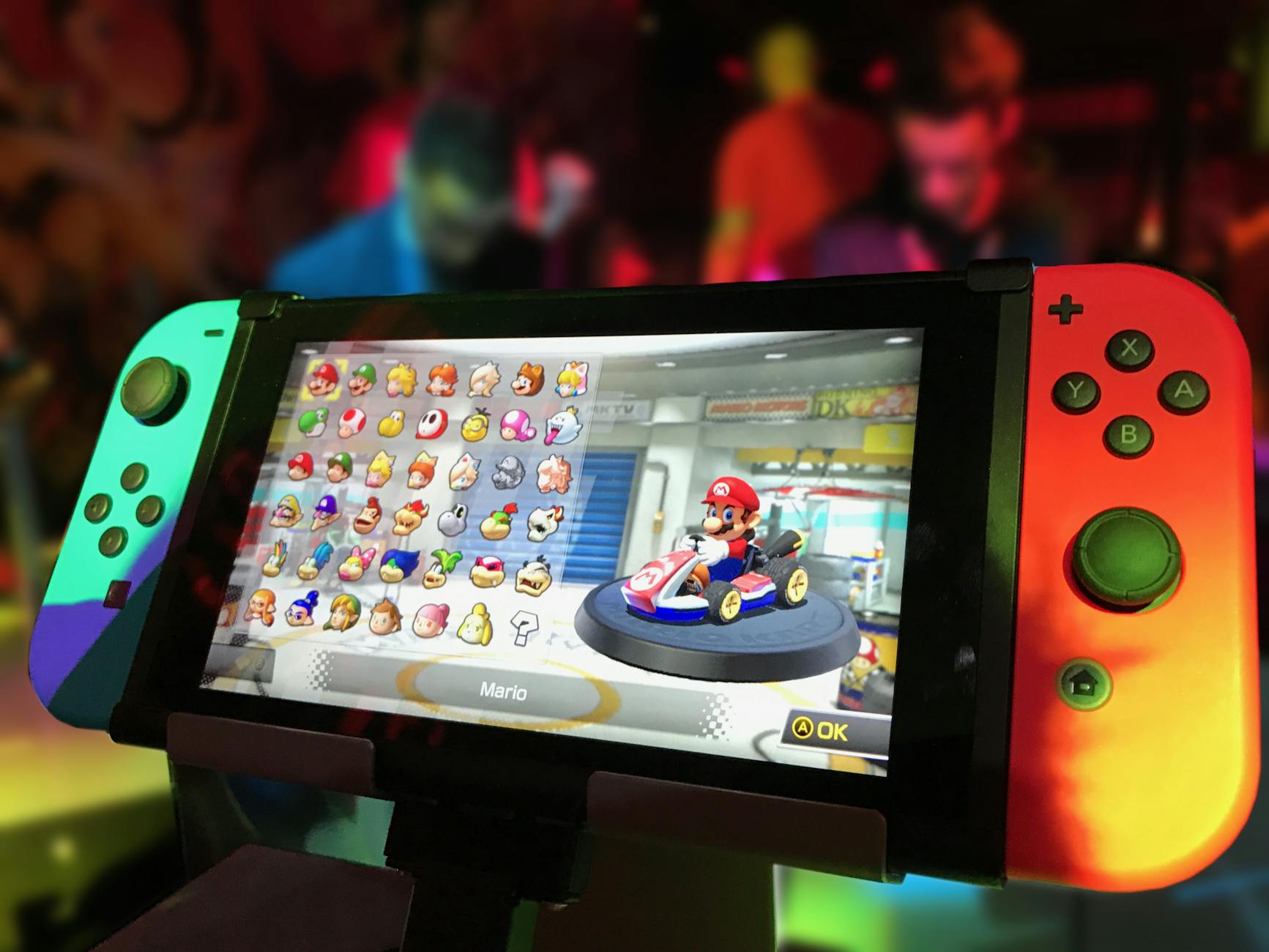Elden Ring Switch 2: Tarnished Edition Reportedly Delayed to 2026

Whispers from the Lands Between have intensified into a roar across the gaming community as reports suggest a highly anticipated version of FromSoftware's masterpiece, Elden Ring, for Nintendo's next-generation console has been internally delayed. According to circulating information, a special "Tarnished Edition" of the game, designed for the unofficially dubbed "Nintendo Switch 2," has had its release target pushed back to 2026. The reason cited for this significant shift is to "allow time for performance adjustments," a challenge familiar to anyone who understands the technical ambition of this monumental title.
While neither Nintendo nor FromSoftware has officially announced the game or the new hardware, these reports have ignited discussions about the feasibility and immense potential of bringing the 2022 Game of the Year to a portable format. A delay, while disappointing on the surface, could ultimately be the best news for players hoping for a truly uncompromised experience.
The 'Tarnished Edition' and the Performance Hurdle
The core of the rumor centers on a specific version of the game, allegedly titled the "Tarnished Edition." This edition is believed to be the complete package, bundling the massive base game with its critically acclaimed expansion, Shadow of the Erdtree. The target platform is Nintendo's upcoming successor to the wildly popular Switch, a console that is expected to feature a significant leap in processing power.
However, even with a more powerful chipset, the task of porting Elden Ring is a colossal undertaking. The game is renowned for its vast, seamless open world, intricate detail, and enemy density, all of which push even the most powerful home consoles and PCs to their limits. The rumored delay to 2026 is reportedly a direct result of FromSoftware's commitment to quality. The extra development time would be dedicated to a ground-up optimization process, ensuring the game runs at a stable frame rate and acceptable resolution without sacrificing the core artistic vision that made it a global phenomenon.
This focus on performance is critical. FromSoftware has a history with Nintendo hardware, most notably with the release of Dark Souls: Remastered on the original Switch. While that port was celebrated for making a classic playable on the go, it came with necessary technical concessions. A potential Elden Ring port would face a far greater challenge, and a two-year post-launch window for the new console would give the development team the runway needed to properly tailor the experience to the unique architecture of the new machine.
Why a 2026 Release Window Is Plausible
If we operate within the framework of these circulating reports, a 2026 release date is not only plausible but logical. The timeline aligns perfectly with the expected life cycle of a new console and the development demands of a complex port.
Here’s a potential breakdown of why this timeline makes sense:
- Console Launch: Nintendo’s next console is widely expected to launch in early 2025. This gives third-party developers like FromSoftware a concrete hardware target to work with.
- Intensive Porting Process: Porting a game of this magnitude is not a simple copy-and-paste job. It involves re-working assets, optimizing the game engine, and extensive quality assurance testing. A development cycle of 18-24 months for such a project is standard in the industry.
- A Mature Platform: Releasing in 2026 would mean the "Switch 2" would already have an established user base. This timing would position Elden Ring: Tarnished Edition as a major, system-selling title in the console's second year, similar to how landmark games often arrive after a platform's initial launch library.
A meticulously crafted port that runs smoothly would be a massive win for both Nintendo and FromSoftware, proving the new hardware's capabilities and bringing one of the generation's most important games to a new, massive audience.
What Could a 'Tarnished Edition' Entail?
While purely speculative at this point, the "Tarnished Edition" moniker implies more than just a simple port. If these rumors hold true, players could expect the definitive version of the game, potentially including features unique to the Nintendo ecosystem.
Beyond including the Shadow of the Erdtree expansion, this edition could feature:
- Full Feature Parity: The goal would be to include all content, updates, and patches released for other platforms.
- Platform-Specific Optimizations: Potential use of the console’s unique features, whatever they may be.
- Quality of Life Improvements: The extended development time could allow the team to implement additional improvements learned from the game's initial launch.
The prospect of exploring the entirety of the Lands Between, from Limgrave to the Consecrated Snowfield, on a handheld device is a powerful draw. For many, the ability to delve into this rich world during a commute or on a trip is the ultimate dream. A delay to ensure this dream is realized without significant technical compromise would be a worthy trade-off. For now, the community must wait for an official sign from the Erdtree, hoping that when the time comes, they can become Tarnished once more, wherever they may be.
Frequently Asked Questions (FAQ)
Is Elden Ring officially confirmed for the Nintendo Switch 2?
No. As of now, neither Elden Ring nor a "Tarnished Edition" has been officially announced for any future Nintendo console. All current information is based on unconfirmed industry reports and rumors.
What is the rumored Elden Ring 'Tarnished Edition'?
The "Tarnished Edition" is the rumored name for a potential definitive version of Elden Ring for Nintendo's next-generation console. It is expected to bundle the base game and its major expansion, Shadow of the Erdtree.
Why would a Switch 2 version of Elden Ring be delayed to 2026?
According to the reports, the delay is to allow the development team at FromSoftware adequate time for "performance adjustments." This involves the immense technical challenge of optimizing the graphically demanding open-world game to run smoothly and at a high quality on a new, portable hardware platform.